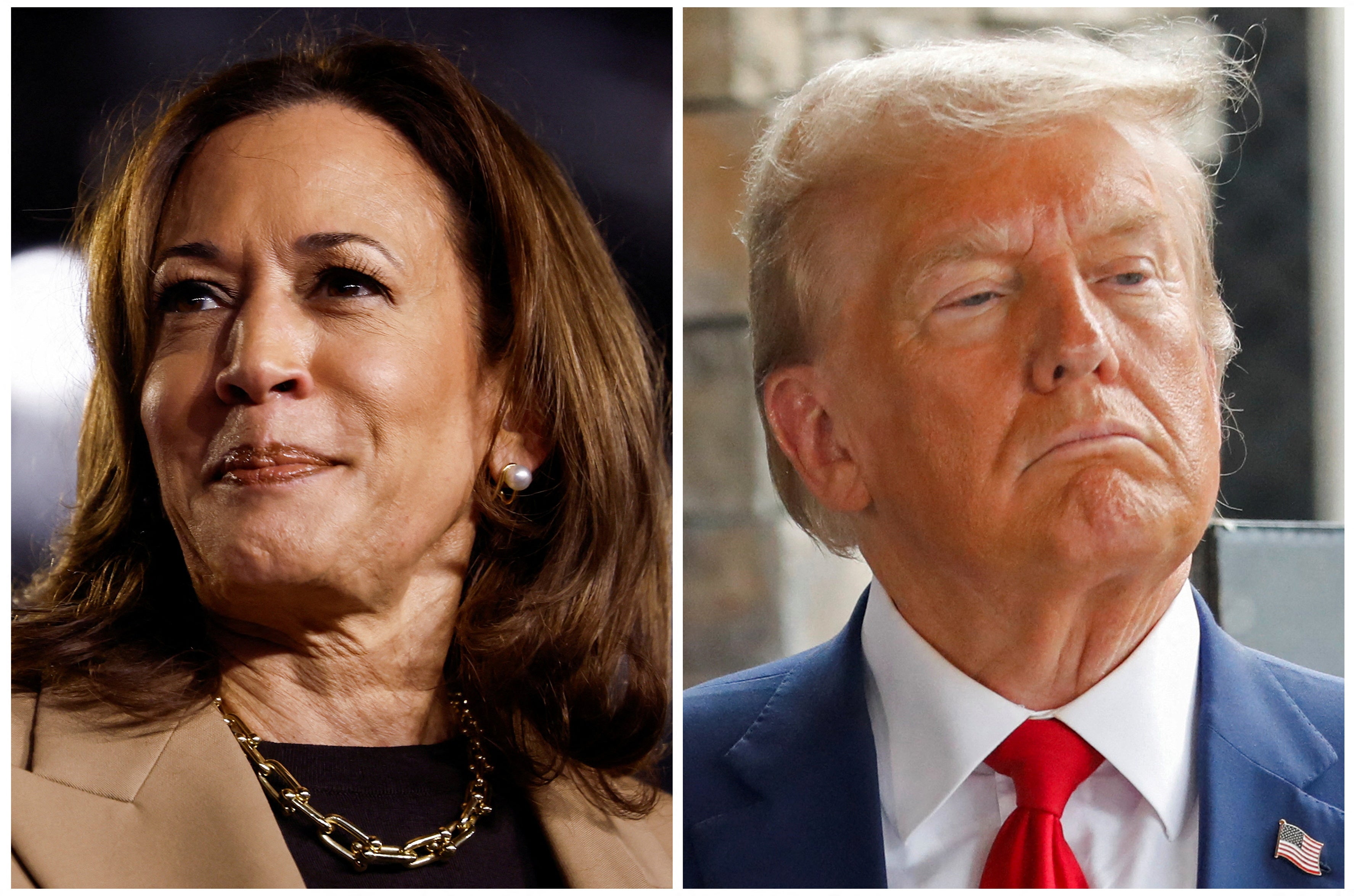Americans have now cast their votes in the 2024 election, with Donald Trump likely on the cusp of becoming the next president of the United States.
As of Wednesday morning, Trump has clinched projected victories in crucial swing states North Carolina, Pennsylvania and Georgia.
The casting of ballots across the 50 states brings an end to perhaps one of the most dramatic election campaigns in living memory, which saw a last-minute change at the top of the Democratic ticket and Trump survive two separate assassination attempts.
Here’s a look at how the presidential election certification process works:
The canvass
When polls close, the canvass or official vote count begins – a rigorous vetting of ballots that can take days or even weeks to complete, with in-person, mail, absentee, provisional and military votes all counted and recorded.
This work is carried out by state election officials who make sure all ballots have been completed correctly, that the total received tallies with the number of people recorded as having voted and that any discrepancies are thoroughly investigated.
Samples of ballots are typically audited and recounted to ensure accuracy.

One of the strengths of the count is that it is a transparent process open for the public to observe. But, as seen in 2020, the amount of time it takes in some states can leave space for candidates to prematurely claim victory, as Trump’s campaign did in Pennsylvania four years ago.
Certification of the results
December 11 is the deadline for the formal certification of the results by the states.
Officials from the nation’s 3,000 counties sign off on the count first, followed by their superiors at state level.
This is a point in the process at which the campaigns might move to contest the results in court, an undertaking that has the potential to inflame controversy or even unrest.
Electors named
December 11 is also the deadline for states to name the electors who will represent the candidate that won its popular vote.
The electors are typically elected officials or party insiders chosen by the campaigns or by partisan committees.
The number of electors a state puts forward corresponds to its number of Electoral College votes: 54 in the case of California but just three for North Dakota.

Once they have been picked, state governors draw up a document known as a Certificate of Ascertainment that lists their names along with the certified results, which is sent to the National Archives in Washington DC.
In the wake of the controversy stirred up by Trump after the last election, Congress passed the Electoral Count Reform Act 2022 to shore up the process and prevent fraudulent challenges to the outcome.
Electors meet
On December 17, the electors get together to formally cast their state’s Electoral College votes for president and vice president, which are likewise sent to DC.
Votes received in Washington
The electors’ votes must be handed to the president of the Senate and to the head of the National Archives by Christmas Day.
Bizarrely, the former role happens to fall to the vice president, which means that Kamala Harris herself will have to take delivery of those filings, whether she has won or lost.

Congress votes to certify results
A joint session of Congress will convene to formally ratify the results state by state on January 6 2025.
That same date four years ago will live in infamy as the day on which an armed mob of Trump supporters stormed the US Capitol in order to stop the certification of the election in favor of President Joe Biden.
This time, heightened security is expected on Capitol Hill, whatever happens at the polls.
The Reform Act will meanwhile make it more difficult for House and Senate members to raise spurious objections to the states’ results this time. It makes clear that the role of the vice president presiding over the process – Harris again – is entirely ceremonial, after Trump pressured his VP Mike Pence to stop the process – something he refused to do.
Inauguration Day
Two weeks later, on January 25 2024, the United States will have a new president and vice president, who will be formally sworn-in at their inauguration.







